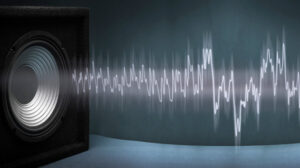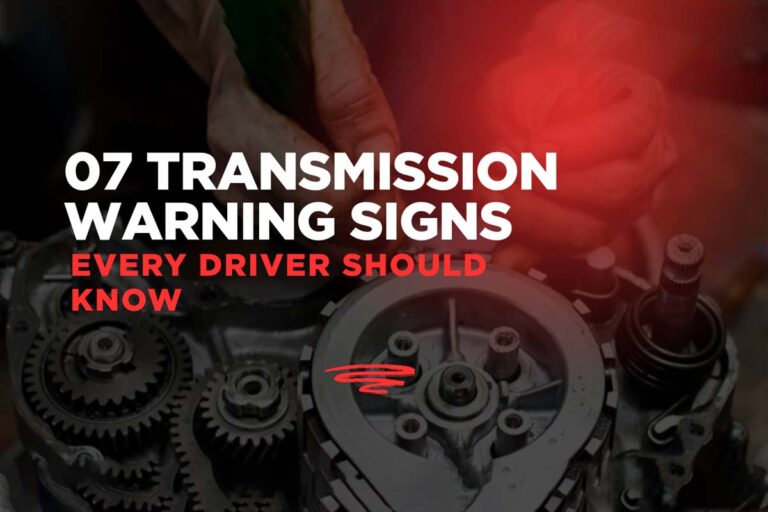How to Diagnose Car Speaker Problems: A Complete Step-by-Step Guide
Nothing ruins a pleasant drive quite like faulty car speakers. Whether you're cruising with the windows down on a beautiful day or stuck in stop-and-go traffic, poor audio quality can turn your favorite tunes into an annoying distraction that affects your entire driving experience. When your car's sound system doesn't sound "whole" or you notice audio issues in specific areas of your vehicle, it's natural to worry about expensive repair bills. However, many speaker problems can be diagnosed and even fixed without professional help. This comprehensive guide will walk you through a systematic approach to identify the root cause of your audio issues before you spend money on unnecessary repairs or replacements.
Common Signs Your Car Speakers Need Attention
Before diving into the diagnostic process, it’s important to recognize the warning signs that indicate your car speakers may need attention. Sound that appears “incomplete” or lacking depth is often the first sign something is wrong with your audio system. This might manifest as music that sounds flat or lifeless, missing certain frequency ranges that make songs sound full and rich. You might also notice audio only coming from one side of the car, which creates an unbalanced listening experience that can be particularly distracting while driving. More obvious signs include crackling, buzzing, or squeaking noises that occur when you play music, especially at higher volumes. Sometimes you’ll experience no sound from specific speakers at all, leaving dead zones in your car’s audio coverage. Distorted audio at higher volumes is another clear indicator that your speakers are struggling to perform properly, often suggesting that the speaker components are wearing out or damaged.
jack – use jack stands or drive-on ramps for safety.

Step 1: Check Your Radio Settings First
Start with the easiest fix. Before unscrewing anything or pulling panels apart, take a minute to check your audio settings. You’d be surprised how often the issue is as simple as an imbalanced setting or a kid pressing buttons.
Why It Matters
- Someone may have changed settings without realizing it.
- Car audio systems can reset or glitch after battery replacements.
- Balance and fade controls can shift sound away from certain speakers.
How to Find Balance and Fade Settings
Although radios vary by model, here’s a general guide:
- Look for a “Sound” or “Audio” button on your dash
- Use the menu or touchscreen to enter audio settings
- Navigate to “Balance” and “Fade” options
- Set both controls to center (equal distribution) to get an even test
Step 2: Understanding Balance vs. Fade
These two settings play a big role in how sound is distributed throughout your car:
Balance
- Controls left to right audio distribution
- If set all the way to the left, your right-side speakers may seem dead
Fade
- Controls front to back audio flow
- If faded all the way to the front, your rear speakers won’t be heard
Quick tip: Always reset both to the center before diagnosing speaker problems.
Step 3: Test Individual Speakers Using Settings
Without any tools or disassembly, you can check each speaker by adjusting the fade and balance settings.
Front Left Speaker
- Set Fade to Front, Balance to Left
- Listen: Is the sound clear? Any distortion or lack of volume?
Front Right Speaker
- Set Fade to Front, Balance to Right
- Test for clarity, bass, and volume
Rear Speakers
- Set Fade to Rear, then shift Balance left/right
- Listen to each rear speaker in isolation
This step alone often reveals whether one speaker is silent, weaker, or distorted.
Step 4: Pick the Right Music for Testing
Not all music is equal when diagnosing audio issues.
Choose music with:
- Deep bass lines (to test low frequencies)
- Crisp treble and vocals (to test high frequencies)
- A balanced, clean mix (avoid overcompressed tracks)
Streaming services with high-quality audio settings or uncompressed files (like FLAC or high-bitrate MP3s) work best for this step.
Step 5: Perform a Physical Inspection
If you’ve isolated a faulty speaker, it’s time to look under the hood—or, in this case, behind the panel.
Removing the Door Panel
- Use a trim removal tool or flat-head screwdriver
- Take note of screws and hidden clips (often near the handle)
- Take a picture before unplugging wires—it helps during reassembly
What to Look For
- Torn or cracked speaker cones
- Detached or loose speaker wires
- Moisture or rust (common in door panels)
- Paper cone deterioration (especially in older vehicles)
Speaker age matters: If your car is over 10–15 years old, speaker materials may have degraded even if they “look” okay.
Step 6: Check Electrical Connections
Sometimes it’s not the speaker itself—it’s the wiring.
Connection Inspection Steps
- Unplug the speaker carefully
- Look for greenish corrosion or rust on the connectors
- Test for looseness by gently wiggling the wires
- Disconnect and reconnect several times to clean contact points
Signs of Electrical Faults
- Wobbly or loose connections
- Intermittent sound that cuts in/out
- Burn marks on wires
- Total silence from a speaker that passes the visual test
Step 7: Try Advanced Testing (If Needed)
Method 1: Swap in a Test Speaker
- Use a known working speaker (even a cheap one will do)
- Plug it into the suspect speaker’s wires
- If sound returns, your original speaker is the problem
Method 2: 9-Volt Battery Test (Use With Caution)
- Briefly touch a 9V battery to the speaker wires
- You should see the speaker cone “pop” forward or backward
- If nothing happens, the speaker may be dead
Important: Only tap the battery for a second to avoid damaging the speaker.
Speaker Replacement: What to Know
If a speaker has failed, here’s what to consider before replacing it:
OEM vs. Aftermarket
- OEM (Original Equipment Manufacturer): Direct fit, consistent quality
- Aftermarket: Often better performance, but may require adapters or custom installation
Replace One or All?
- If your speakers are all the same age and one fails, the others may soon follow
- Replacing in pairs or all four often gives the best long-term results
Troubleshooting Quick Reference
| Symptom | Possible Cause | Solution |
|---|---|---|
| No sound from one side | Balance setting off | Reset balance |
| Rear speakers silent | Fade set to front | Adjust fade |
| Buzzing/crackling | Speaker cone damage | Replace speaker |
| Sound cutting in/out | Loose wire | Reconnect or replace wire |
| Speaker completely dead | Blown speaker or bad connection | Test with spare speaker |
DIY vs. Professional Diagnosis
When DIY is Enough
- You’re comfortable with tools and car electronics
- The issue is isolated to one speaker
- Basic testing and rewiring are all that’s needed
Call a Pro When…
- Multiple speakers or entire system isn’t working
- You suspect amp or head unit issues
- The car has a premium sound system (Bose, Harman Kardon, etc.)
- Your vehicle is under warranty
Speaker Longevity Tips
Want your speakers to last longer? Follow these simple tips:
- Don’t max out the volume—distortion can wear down cones fast
- Keep moisture away—leaky door seals are speaker killers
- Use clean audio sources—low-quality audio stresses speakers
- Dust and clean the speaker grilles occasionally
- Have aftermarket speakers installed professionally for optimal performance
Conclusion
Diagnosing car speaker problems doesn’t have to be stressful or expensive. Start with your car stereo’s basic settings—you might fix the problem in seconds. From there, work methodically through testing, inspection, and replacement. Most issues can be solved with basic tools, some careful listening, and a bit of patience.
Remember, a distorted or dead speaker doesn’t always mean a trip to the shop. It could just be a setting or a loose wire.






